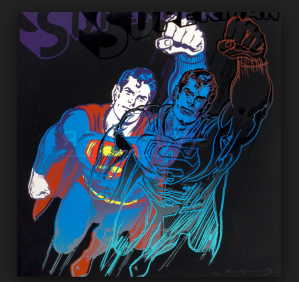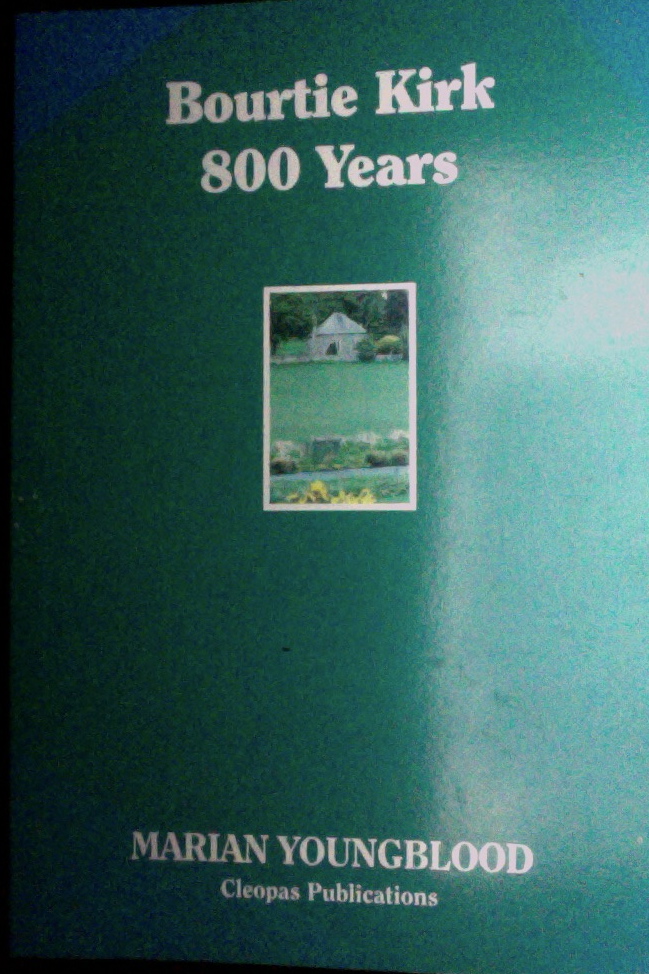Hoisting the Happy Flag—Intergalactic Mission to Overcome November Neurosis
HOISTING THE HAPPY FLAG—INTERGALACTIC MISSION TO OVERCOME NOVEMBER NEUROSIS
Monthly Hideaway for Writers, Insecure, Self-Motivated or SuperGalactic Success Stories
Guy Fawkes Day is celebrated in towns all over Britain on ‘Bonfire Night’ with sponsored firelighting ceremony and fireworks, a tradition going back 420 years.

Guy Fawkes, 1605 plot failed to blow up parliament buildings for English pro-Catholic James VI & I restorationists
Remember, remember the Fifth of November
Gunpowder, treason and plot;
I know of no reason why the Gunpowder treason
Should ever be forgot!
Guy Fawkes and his companions did a scheme contrive
To blow the King and Parliament all up alive.
Threescore barrels laid below, to prove olde Englande’s overthrow.
A rope, a rope, to hang the Pope,
A penn’orth of cheese to choke him,
A pint of beer to wash it down,
And a jolly good fire to burn him.
English Folk Verse, 1605; Victorian version 1870
His Gunpowder Plot failed. He got caught.
Just before his execution on 31 January, 1606 Fawkes fell from the scaffold where he was to be hanged and broke his neck, thus avoiding the agony of being hanged, drawn and quartered. He became synonymous with the Gunpowder Plot, the failure of which has been commemorated in Britain as Guy Fawkes Night since 5 November 1605, when his effigy is traditionally burned on a community-sponsored bonfire—usually with a finale of fireworks.
While in the U.S.A. setting off fireworks around the All Hallows season is illegal, for Brits and some Commonwealth nations it has come to mean an explosion of national last-gasp celebration/pride before the onset of winter. Plus a twinkling of folk memory buried somewhere in the magic pagan pot. A closely comparable U.S. ceremonial/celebration is the mid-August madness in the Nevada desert known as Burning Man.
Kickstarting the Happiness Curve
It all has to do with joy and ways to achieve that calm place in our mind.
According to Prof. Sanam Hafeez, neuropsychologist at New York’s Columbia University, during REM—rapid eye movement experienced in sleep—our serotonin levels decrease. Serotonin is the neurotransmitter best known for encouraging human feelings of calm.

We are superhuman superheroes & heroines, once we lock into our neurotransmitter serotonin levels, SuperMan the Original courtesy CBS
“I close my eyes and open them. Who is this body—and this mind? Why am I thinking these meaningless thoughts that seem to be causing me pain?
“I have a mission: to calm this body down and do some good today.
“And then I’m gone tomorrow. On another, intergalactic, interdimensional mission.”
“I am a multi-dimensional, multi-verse superhero, on a mission for billions of years and this is just one”
James Altucher Four Rules for Achieving Happiness
Dopamine, serotonin, oxytocin and endorphins are the quartet responsible for our happiness. Many events can trigger these neurotransmitters, but rather than being in the passenger seat, there are ways we can intentionally cause them to flow. Dopamine motivates us to take action towards goals, gives us pride in ticking our boxes. Serotonin flows when we feel significant, or important. Depression comes when serotonin leaves. Oxytocin—so-called cuddle hormone—is present in intimacy, trust, continuity, childbirth, breastfeeding and sex. It creates fidelity.
Coincidentally, sleep and happiness studies have found the actual physical weight of (light) bedding causes deep pressure stimulation that activates the parasympathetic nervous system, potentially increasing dopamine*—as mood-boosting transmitter—and serotonin levels—according to Ellen Wermter, Sleep Therapist.
Endorphins, Mind-Body Joy Triggers of Calm
Dopamine, serotonin and other pleasure-producing mind-body feelings were unknown until a series of 1975 groundbreaking studies by University of Aberdeen (and Nobel-prize-winning) professors John Hughes and Hans Kosterlitz* published in Nature, suggested a relationship with opiates and calm-inducing drugs.
*Dr Kosterlitz, a refugee from Nazi Prussia, and a family friend of my father’s, called the newly-discovered brain chemicals Enkephalin, aka Endorphins. He was among the first to link mind-body pleasure centers with neurotransmitters. I am delighted to acknowledge his work along with that of his Nobel-winning son, Michael, in a related mind-body-spirit arena. It only took forty-five years for the happiness ‘drug’ to become a conversation piece; a household word. Sorry if you don’t need the applause, Michael! Well deserved.
Neuro-Linguistic Programming
Neuro-Linguistic Programming (NLP) began in the early 1970s as a thesis project at Santa Cruz, California, home of the original (and unique) award-winning U.C. History of Consciousness course. Richard Bandler and his professor, John Grinder, wanted to develop models of human behaviour, to understand why certain people seemed to be excellent at what they did, while others found the same tasks challenging, or nearly impossible to do.
Inspired by pioneers in fields of therapy and personal growth and development, Bandler and Grinder began to develop systematic procedures and theories that formed the language of NLP. They studied three top therapists: Virginia Satir, the extraordinary family therapist, who consistently was able to resolve difficult family relationships that many other therapists found intractable; the innovative psychotherapist Fritz Perls, 1893-1970, who originated the Gestalt school of therapy; and hypnotherapist Milton Erickson, 1901-1980.
They developed a more personal interactive approach with patients/clients, using encouraging gestures and language to open doors otherwise relegated to psychotic or barricaded emotional realms.
Fall Back—Self-Doubt and Writerly Insecurity Begone
Perhaps our Intergalactic Space Commander Alex would have a better perspective on the whole Superhero satisfaction thing, continually venturing out there with his success, CassaStar series.

Finding a pristine shell while beachcombing brings enormous pleasure, raises oxytocin levels
We can alter our path any time, with a little help from such wellbeing enhancers as yoga, brief meditation and physical exercise—and a lot of writerly moral support.
And we can always fall back on our Muse—November being not just a reminder to change the clocks—Britain last week October; U.S. first November—but crucial writing month for brave NaNoWriMo wordsmiths.
I admit I prefer my pheromone-diffusing area of expertise, e.g. gardening, planting, encouraging bees and birds. With the occasional venture into blogdom. They say—apart from sleep—that our back-to-nature activities are by far the most effective in dispelling anxiety, depression and self-doubt.
I take heart that our best therapy has always been doing what we love the most: aka writing. Joy from that does feel empowering.
As Aristotle 384–322 B.C. said: You are what you continually do. And enjoy doing. Happy writing this November.
©2019 Marian Youngblood











